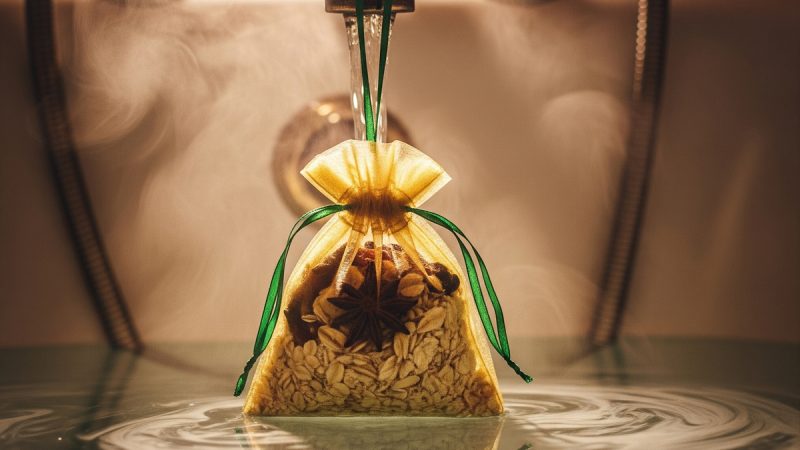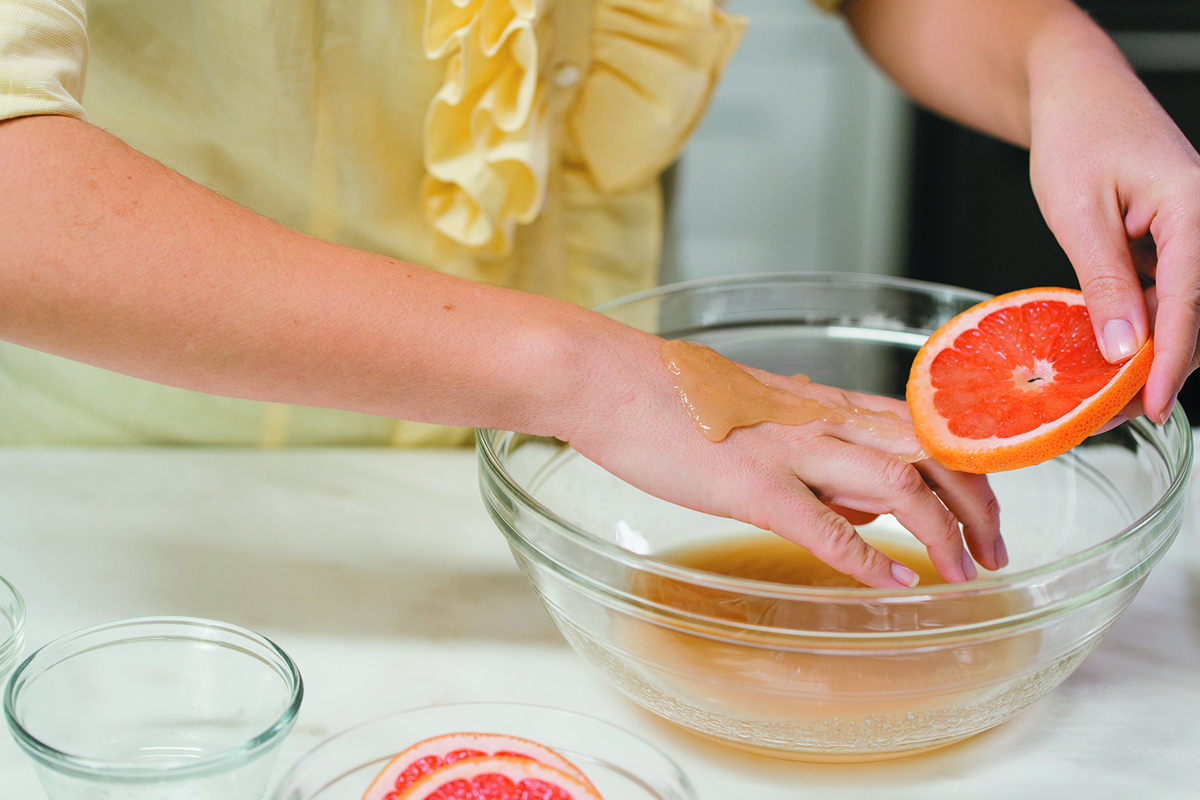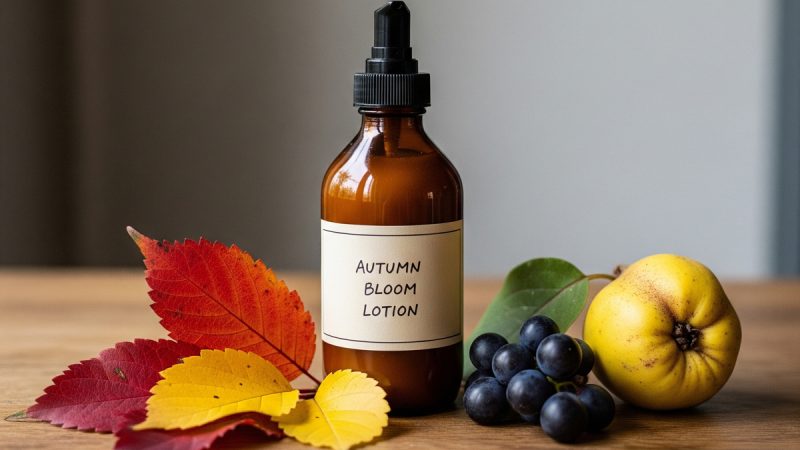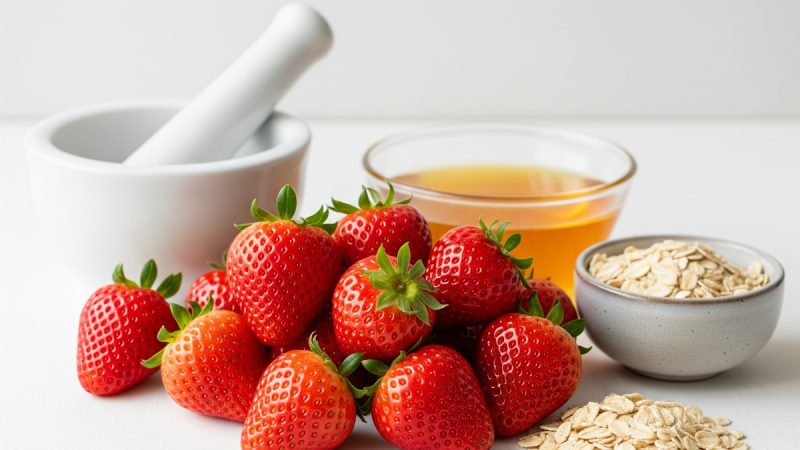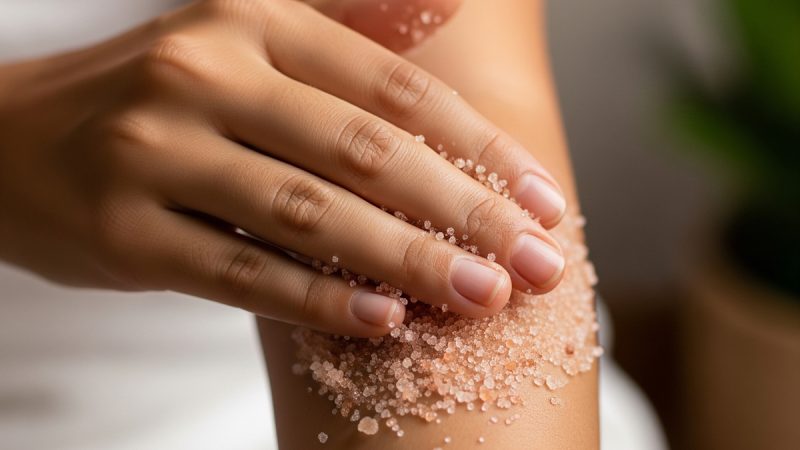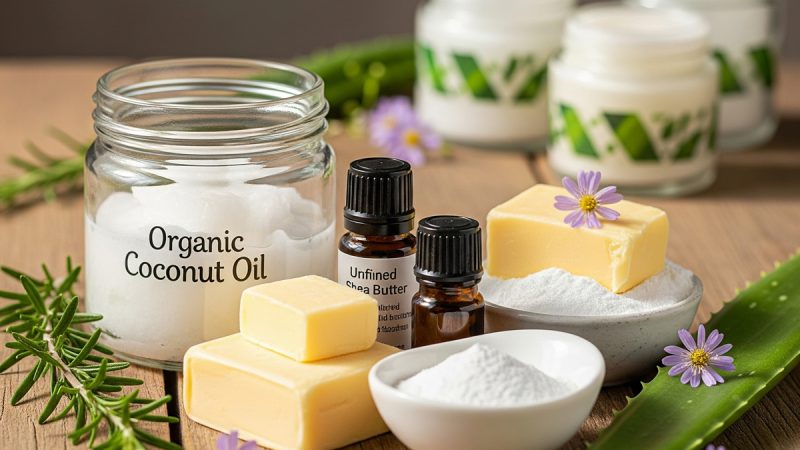The Ayurvedic Self-Massage

Wonderfully relaxing and energizing at the same time, a daily self-massage with warm oil is easy to do and takes only about 30 minutes. You can do it at home each morning, and reap the benefits of this luxurious therapy all day long.
Ayurvedic texts list a wide range of benefits from regular performance of the warm oil full-body massage:
It helps pacify Vata dosha. Because of our hectic 24/7 lives, most of us have high levels of stress, anxiety, a feeling of being overwhelmed and spaced-out, all indications of an aggravated Vata dosha. Soothing touch is very Vata-pacifying. Warm oil, being warm, smooth and unctuous, is also Vata-pacifying.
The massage also helps balance Kapha dosha. It enhances circulation throughout the body and revitalizes a lethargic body and mind.
With regular performance of the massage, deep-seated toxins in the joints and tissues are loosened and released into the system for elimination through the natural toxin-release processes. Toxins in the skin are also released, leaving you with clear healthy skin.
Your skin will look beautiful with regular massage. It will stay moisturized and nourished, and look supple and lustrous.
Abhyanga helps strengthen and tone the muscles. If you work out several times a week or everyday, you’ll notice that your muscles are much stronger and resilient to injury.
The Ayurvedic texts recommend that the massage be done in the morning. It helps keep energy levels high during the day and helps promote easy, restful sleep at night.
The warm oil massage, by balancing Prana Vata, helps calm the mind and nervous system. You’ll feel more rested and calm, but focused and alert.
The massage also helps promote balanced emotions. You will feel serene and settled—the kind of bliss that you get with regular meditation.
Your joints will stay nourished and supple with regular performance of Abhyanga. The warm oil massage strengthens and lubricates the joints, making them more resilient to wear and tear.
The massage makes you feel youthful and vital. The ancient texts state that regular performance of Abhyanga retards the aging process.
Choosing Your Massage Oil
While the massage is healing even when performed with just a base massage oil such as sesame oil or almond oil, ayurvedic practitioners typically infuse the base oils with nourishing herbs and flowers. You’ll find ayurvedic herbs such as Brahmi, Ashwagandha, Shatavari, Shankhapushpi and Turmeric in traditional ayurvedic massage oils. The herbs are gently cooked into the oils for a specified period of time, and the oil is then strained for use. Aromatherapy massage oils incorporate healing essences such as Sandalwood, Jasmine and Rose for added emotional and mental balance. Look for cold-pressed organic base oils for maximum benefit. Sesame oil has antioxidant properties and is anti-inflammatory. Almond oil is both nourishing and soothing. Coconut oil is cooling and Pitta-pacifying.
Instructions for performing the warm oil massage
Materials: 2-3 oz massage oil suited to your needs for balance, plastic squeeze bottle, pot of very warm water, old cotton towel or mat, paper towels.
Step 1. Pour the oil into the squeeze bottle and shut bottle tightly.
Step 2. Place the bottle in the warm water for 5 minutes or until the oil heats up to comfortably warm.
Step 3. Stand on your towel or mat in a comfortably warm, draft-free room.
Step 4. Squeeze the oil a little at a time into your palm and apply the oil to your body, working systematically down until your entire body is anointed with oil.
Step 5. Next, massage the oil into your skin, giving each part of your body adequate attention. Use up and down strokes over limbs and circular strokes over joints, chest and abdomen. Apply lighter pressure over chest and abdomen than over extremities. This process should take about 10-12 minutes.
Step 6. If massaging your scalp, apply oil to the crown of the head and then work the oil into your scalp with your fingers in outward circles.
Step 7. Sit quietly with eyes closed for 5 minutes, breathing deeply.
Step 8. Pat excess oil, if any, off with paper towels.
Step 9. Take a warm bath or shower, being very careful not to slip. Wipe excess oil off your feet before stepping off the towel or mat. Use a very gentle, non-soap cleanser and a gentle shampoo.
Step 10. Pat your skin with a towel and apply moisturizing lotion or a gentle natural dusting powder.
Note: The towels and mats you stand on for abhyanga will get stained and eventually oil-saturated, so use old ones and do not put them in washing machines or dryers. They should be periodically thrown away and replaced.
Disclaimer: This information is educational and is not intended to replace standard medical care or advice.
The Author:
Shreelata Suresh is a yoga instructor from the Bay Area. She writes for various publications on yoga and Ayurveda.
Photo.Gary Pore Photography

